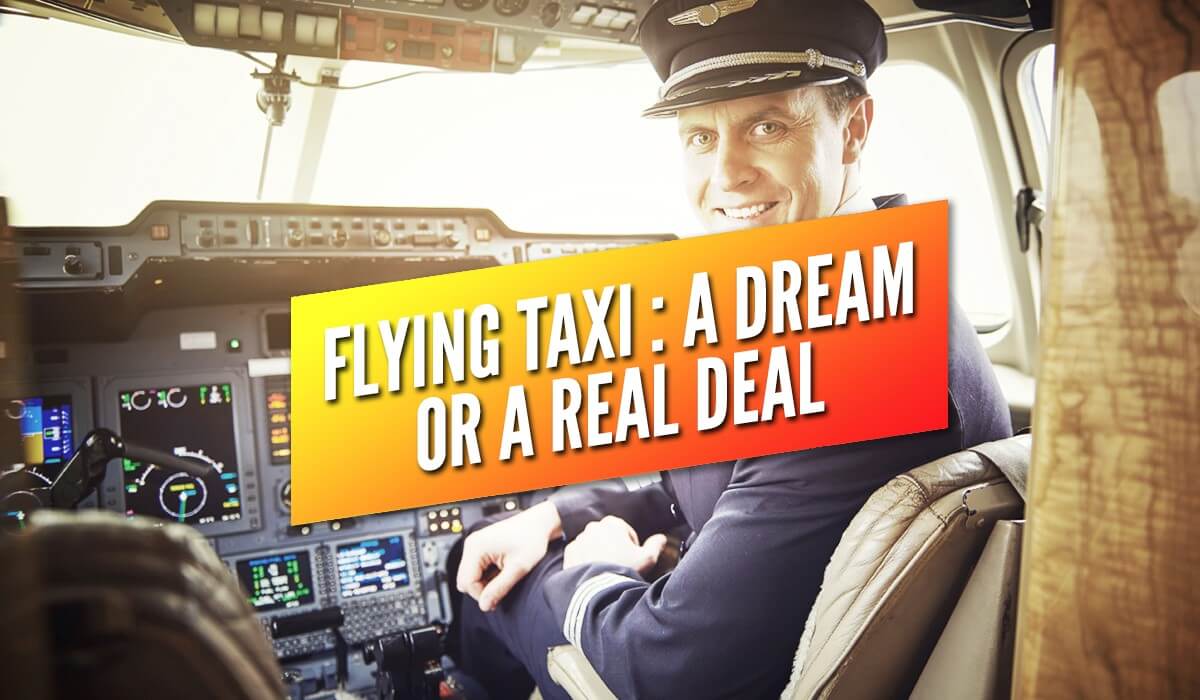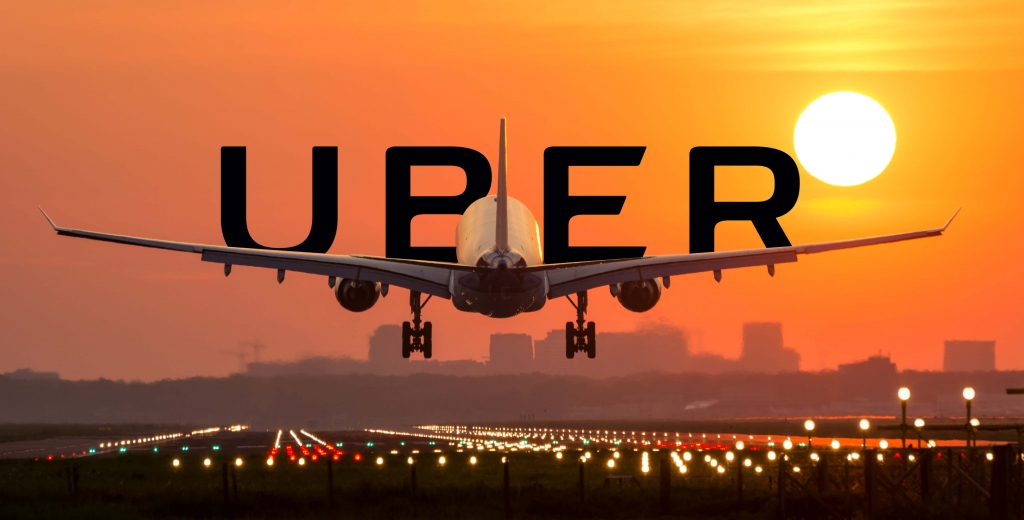ใครๆ ก็พูดถึงเทคโนโลยีบล็อกเชน (blockchain) แต่อาจจะยังมีผู้สงสัยว่า blockchain คืออะไร เพื่อให้เข้าใจกันได้ง่าย จึงขอเกริ่นให้ฟังก่อนว่า เทคโนโลยี blockchain เป็นของใหม่ที่ถูกคิดค้นขึ้นเพื่อช่วยแก้ปัญหาการเชื่อมต่อที่ไม่ครบวงจร ซึ่งเทคโนโลยีอินเทอร์เน็ตปัจจุบันยังทำไม่ได้ และการปลดล็อกสิ่งแรกที่ทุกคนต่างก็สนใจคือเรื่องเงิน

Until today no one doubts how Uber had turned from a startup to become one among the world’s first Unicorn. It is because they are dreamers who are determined to make it happen.
But with its latest dream, Uber, the mobility services application, has announced the Flying Taxi project, with expecting to be ready to be on board in 2023. The company said its on-demand aviation will ease the traffic and pollution issues in the big city.
Think about having small aircraft flying available for passengers just like we call a cap, it is pretty exciting, yet, everyone must have doubted it would be real.
Uber is working hard to convince people to believe it otherwise it cannot raise the large fund to finance the project.
Uber recently announced a partnership with Nasa, the US aeronautics agency to model an urban air-traffic control system, with laying out a detailed plan to fill the skies with thousands of short-range electric aircraft.
Uber has tried to convince people by sharing its commercial viability of how its short-range aircraft manufacturing with carrying passengers similar to sedan car would help cut the cost of an aerial commute to the same price as its land-based carpooling service.
For example, if a passenger flies its ideal flying taxi from San Francisco to San Jose, it will cost him $129 which is slightly higher than $111 cost of riding by car, but the journey shortens down to 15 minutes from two hours. Apparently, if the business can really kick off, the demand for flying must be booming overnight.
Uber has put most significant efforts to find the support to make the on-demand aviation to be materialised by showing information, business analysis, as well as the specifications for what it sees as the ideal aircraft for short hops from suburbs to downtown.
It envisaged its ride-sharing model, integrated with other land-based transport to ferry passengers to their nearest Skyport, looks like a massive opportunity for Uber. If the Uber’s ride-sharing model can indeed be adopted here by taking passengers from the pick-up point to the nearest ‘Skyport’ flying across the town to another site, how much we can save economically.
But Uber has to seek the technology especially the air traffic control in a massive scale, even Eric Allison, chief of aviation programme at Uber, admitted that what they are doing now is entirely exceptional; a real-time network of aerial vehicles that all operate together at a massive scale.
Even though Uber has attempted to show its business plan with demonstrating the traffic control and a model of its ideal aircraft to the investors and large corporations, yet there are still skeptical whether it could be real. Elon Musk of Tesla and SpaceX is one of them.
CEO of Uber, Dara Khosrowshahi, admitted that he has spent so many times to review the plan over and over until he found it convincing. One of the main reason he bought idea is that he personally believes that the urban issues such as traffic and pollution can be solved only by sharing some of them to the skies and flying taxi is one among solutions.
The critical issue is how to develop the fleet since, in the electric, vertical take-off and landing” (Evtol) technology has not been manufactured yet. The manufacturing process requires billions of dollars.
Uber recently entered the agreement with the Evtol manufacturer as its partners, Karem Aircraft, an independent developer, as well as battery supplier E-One Moli Energy. The outcome is still taking sometimes.

There are some issues that Uber needs to figure out from the massive funding supports, so far some number of ventures capital partners have been found yet it is still a long way to go to bring its service to the aerospace. Plus, one among toughest task is how to make the US Aviation Control believes that its air traffic control system is safe for the citizens.
Reference: CNN Money, Financial Times, and WIRED Magazine

